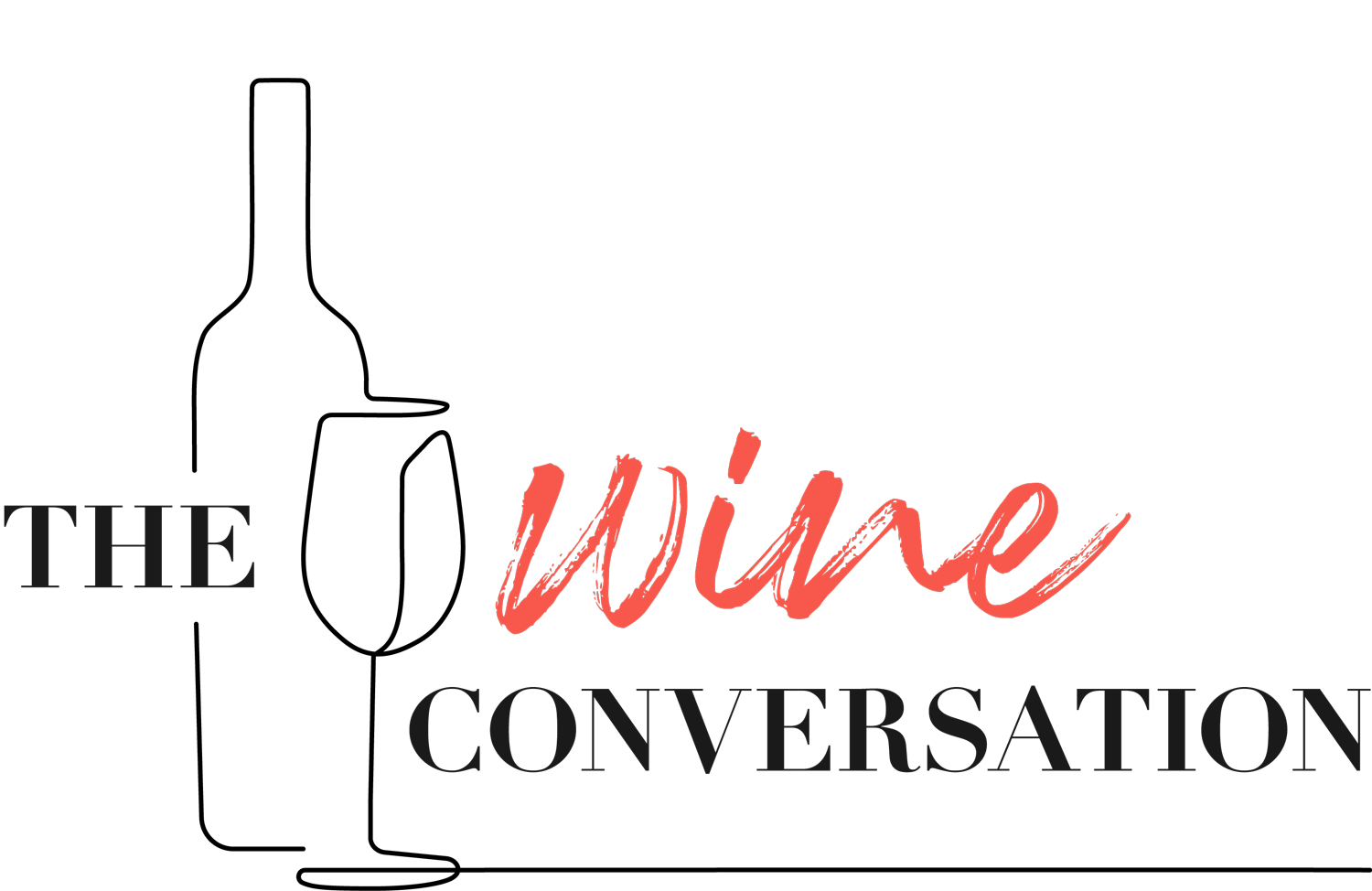▻ 2010 Bordeaux Review
In conversation with Jane Anson and Kristian Nooitgedagt
Episode Summary:-
Sarah Kemp talks to Bordeaux expert Jane Anson and Kristian Nooitgedagt of Eleanor Wine, in Amsterdam, about the highly acclaimed 2010 Bordeaux vintage. Jane describes how the vintage differs from the celebrated 2009 vintage, and why, at the 10-year-on tasting, she gave more 2010 wines 100 points than she did for the 2009 vintage. She discusses which appellations did well and why she believes it is more a Left Bank vintage. She reveals which wines are drinking well now and how long some of the wines need to be cellared before reaching their drinking window. Then Kristian Nooitgedagt tells Sarah Kemp about the high release prices and which wines were worth buying En Primeur and which were not. They discuss the investment returns of different wines, and how the return on the second wines of the First Growths have been better than the Grand Vins.
““Most winemakers will say that 2010 is the vintage they preferred because it was so clear right from the start that this vintage will age.” ”
Running Order:-
-
0.00 – 21.25
“What was interesting about 2010 compared to 2009 was it was better in all the different colours.” – Jane Anson
As Jane Anson talks to Sarah Kemp, they agree that 2010 is a more classical vintage than 2009, and that 2010 is different from 2009, two brilliant vintages with admirers in both camps. A very dry summer resulted in smaller yields, with the berries having thicker skins. It was fairly uniform across the appellations, but while 2009 is a red wine vintage 2010 is better in all colours. Jane explains she doesn’t give a ton of 100 points, in 2009 she gave four wines 100 points and three were on the Right Bank, but in 2010 she gave five wines 100 points and they were all in Pauillac and Saint-Julien.
She discusses which wines were successful on the Right Bank but contends that it is a Left Bank vintage. She believes the First Growths need another ten years, but recommends you can drink the Crus Bourgeois now, with special mention for Château Le Crock and Château Lalande-Borie 2010. She also recommends Château d’Armailhac and the second wines for current drinking. Jane talks about the individual wines which were successful in each appellation and discusses their drinking windows. -
21.26 – 34.59
“It’s not only the 2010 vintage, the second wines in general investment-wise are one of the best investments to make.” – Kristian Nooitgedagt
Kristian Nooitgedagt discusses how the release prices came relatively late in June after VinExpo and after the critics’ scores, which may explain a loss of momentum in the campaign. On average the prices were up 10 per cent compared to the 2009 vintage, with the First Growths on average up 30%. The main driver for the higher prices were the second wines of the First Growths, on average up 63% compared to 2009. Only 13% decreased in price, mainly the sweet wines from Bordeaux.
Kristian reveals that 2010 sold less than 2009 as prices were perceived as too high and it has taken time to see a return on investment; 79% of the wines are now offered above the release price, 4% are offered at the same price as at release and 17% are being offered at below the release price.
The second wines of the First Growths remain very popular, the top performer of the vintage is Carruades de Lafite. The First Growths, however, have dropped in value since their release, apart from Château Latour. All the top performers took four and a half years to show a return, which is relatively long. Kritstian discusses how Robert Parker’s scores influenced the wine prices and how a high score from the critics can move the price of a lesser-known wine considerably.
RELATED POSTS
Keep up with our adventures in wine










Find out why the Connoisseur Week is Sarah Kemp and Jane Anson’s favourite week of the year.